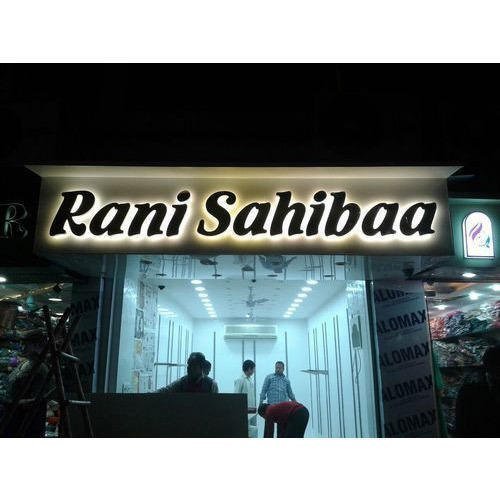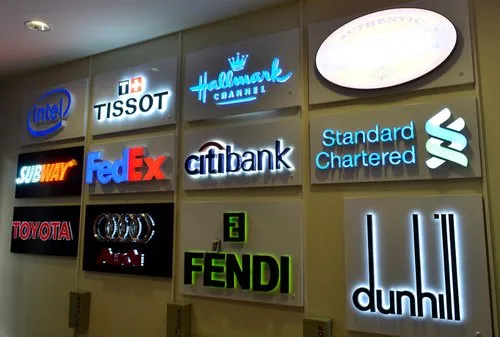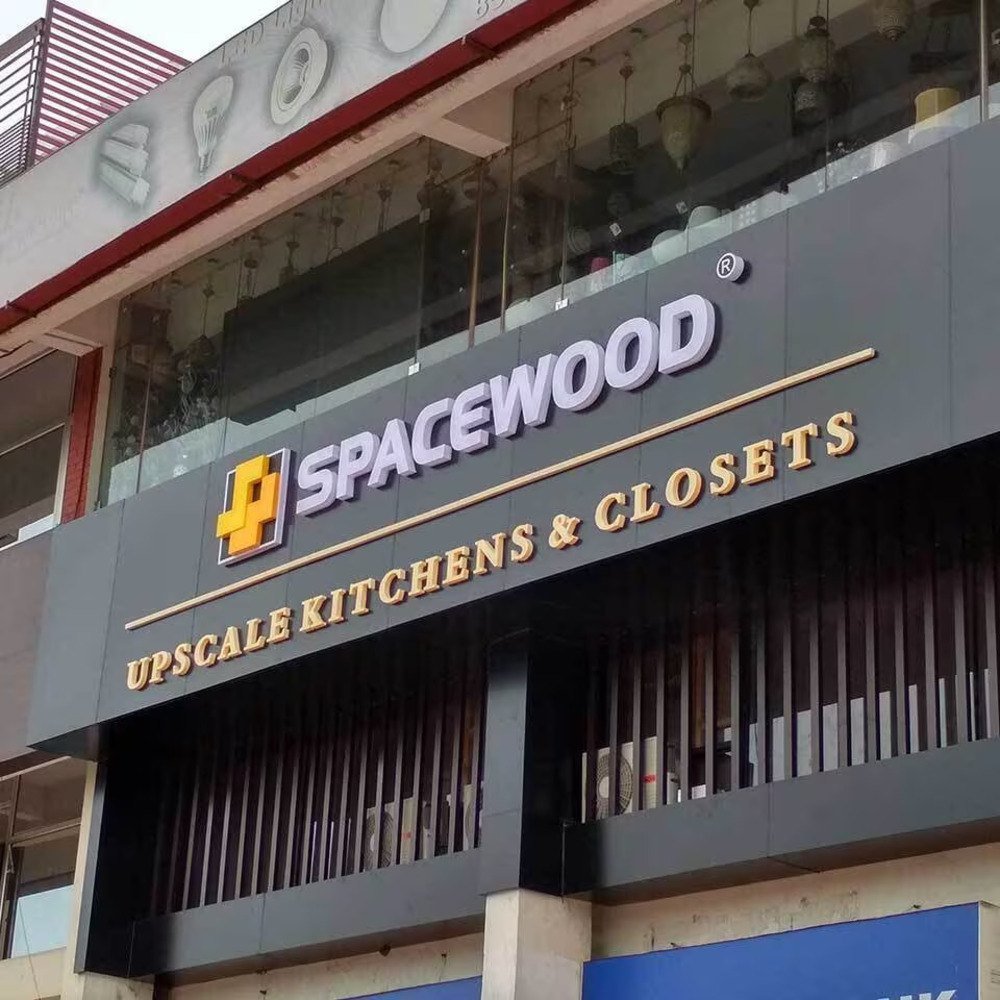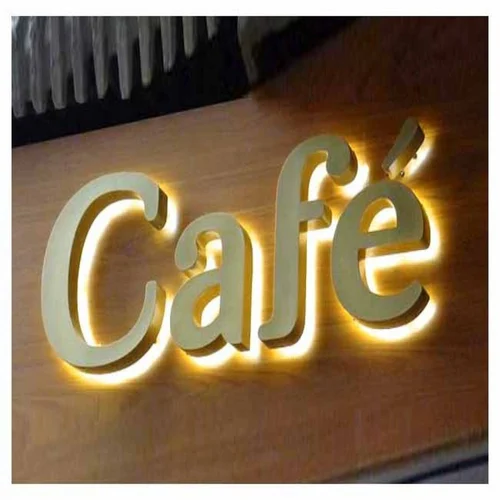Table of Contents
It was a rainy Wednesday afternoon when Ramesh, a local electronics store owner in Pune, stepped outside to admire the new signage board just installed above his shop. It wasn’t just a plain board with his store’s name; it was a sleek Samsung board glowing gently, showcasing the latest Smart TV model with a short, crisp message. Within a few days, more people started walking in not just to browse, but asking specifically for the Samsung TV they had noticed on the sign.
This wasn’t by accident. It was the result of a well-thought-out brand strategy that used one of the oldest but most effective tools in marketing a signage board.
Why Signage Board Still Matters
Signage may not talk, but it certainly speaks.
A well-placed, well-designed signage board does more than decorate a shopfront. It grabs attention, creates curiosity, and often leads directly to conversions.
Over the years, many brands, from chips and chocolates to phones and paint, have used signage in local stores to create deep brand visibility, especially in places where digital reach might still be limited.
So, what are the real secrets behind successful signage?

Here’s what smart brands are doing right:
✅ 1. Observe Before You Design
When Ramesh’s shop was chosen for the Samsung board, the brand’s team visited the store beforehand. They noticed how the road outside got busy after 6 PM and that the top-left side of the entrance had a clearer view from the main road.
This simple site visit made the placement more effective.
Tips for Brands:
- Spend time at the store before finalizing the signage.
- Look at natural customer flow.
- Spot the angles visible from roads and walking paths.
- Identify any obstructions like trees, poles, or parked vehicles.
✅ 2. Keep It Simple, Make It Sharp
A biscuit brand once placed two types of signs across different grocery stores. One said, “Now made with fiber-rich wheat and zero preservatives!” The other said simply: “Bite Into Goodness.”
Guess which one performed better?
Less is more. This rule never fails.
Tips for Brands:
- Use short, catchy lines.
- Stick to 2-3 core colors that reflect your brand.
- Avoid clutter; space is powerful.
- Make your logo and product image clear.
✅ 3. Choose the Right Locations Inside and Outside

It’s not just about putting one big board outside the store. Smart brands break down the signage strategy into smaller touchpoints.
For example, inside Ramesh’s store, Samsung placed shelf-level signs near the Smart TVs. These reinforced what people saw outside.
High-impact locations include:
- Above the entrance
- On the walls next to product displays
- Near the billing counters
- Refrigerator doors (for beverage or dairy brands)
- Window glass or gate partitions
✅ 4. Design to Match Brand Identity
Imagine a luxury watch brand using neon colors and comic fonts. It would confuse the shopper.
Every signage board tells a story. When that story matches your brand voice, it becomes powerful.
Tips for Brands:
- Use brand-aligned fonts and colors.
- Match the design tone (fun, premium, family-friendly, bold).
- Keep visual consistency across locations.
✅ 5. Customize for Each Store
No two stores are the same. A signage board that works in a mall store might not work in a small-town Kirana shop.
Brands that adapt signage to fit store type and space create better engagement.
How to Customize:
- Use wallboards or acrylic signs for small stores.
- Try standees or digital signs for large showrooms.
- Consider hanging danglers or shelf talkers for tiny general stores.
✅ 6. Think Seasonal, Think Local
A cold drink brand once changed its signage during Holi season with splashes of color and a line that said: “Stay Cool, Play Colorful.” People took selfies with the board. The result? The shopkeeper ran out of stock.
Tips for Brands:
- Update signage for festivals like Diwali, Holi, and Eid.
- Use local languages where appropriate.
- Include seasonal flavors or offers.
✅ 7. Use Durable and Attractive Materials
Nothing ruins a good design like a faded, torn, or broken board. A strong message deserves strong material.
Popular materials include:
- Acrylic sheets for glowing signs
- Vinyl boards for budget-friendly outdoor use
- Sunboard or foam board for light but crisp printing
- LED-lit signs for evening visibility
Always:
- Use weatherproof materials for outdoor signs
- Protect from UV fading and rain damage
✅ 8. Measure and Refresh

One of the biggest mistakes brands make is putting a board and forgetting it.
Ramesh’s Samsung board was updated after three months with a new model launch. Customers noticed the change, and sales responded.
Smart Brands Should:
- Visit stores quarterly to check signage condition.
- Replace outdated designs.
- Refresh with seasonal messages or offers.
In Conclusion
A signage board is not just a piece of branding; it’s a message, a handshake, and an invitation.
When brands take the time to choose the right design, the right message, and the right location, a simple board can become a powerful tool for recall and revenue.
Ramesh didn’t just get a glowing board above his shop. He got more walk-ins, more sales, and became a stronger partner for the brand. And all it took was smart, thoughtful signage.
So, if your brand is planning the next rollout, don’t just print and place. Step back. Think. Observe. Customize. Because the right signage doesn’t just show up, it stands out.
📞 Get in touch today and let’s take your branding to the next level.
📧 Email us at: sales@acmeadvertiser.com
🌐 Visit: acmeadvertiser.com
Expand your network with us, let’s connect on LinkedIn

